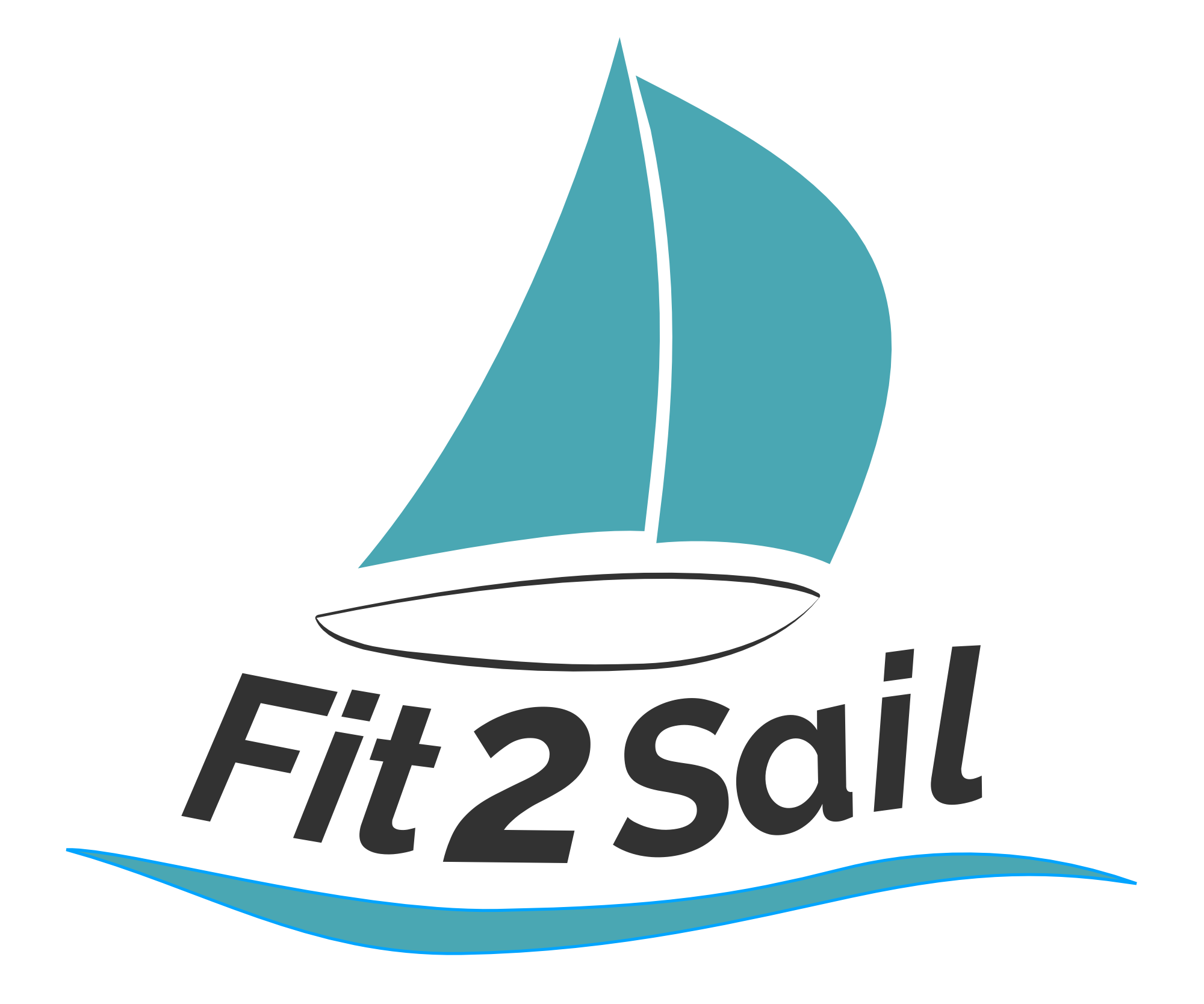Stowed For the Season
The idea that hatched in late May when we went down to move Calypso to her new slip gained traction over the last three weeks, spurred along by the already-active tropical season (by June 1, the official start of hurricane season, we’d already seen the THIRD named storm, Cristobal) and a reassuring check of club regulations about our slip lease. That we’re good friends with the people who run the yard doesn’t hurt at all.
So Friday night, June 12, we packed the car and headed to the river for a weekend filled with boat moving. Our amazing friends Amy and Sean, in whose house we stayed all last winter, were happy to have us at the (empty) house again, so the tent was not pressed into service. Whew.
Step 1. Navigate the unfamiliarly dense number of cars in the yacht club parking lot. It was the first weekend of racing for the year, and the super high winds didn’t seem to be deterring anyone from at least coming to the club and getting out of corona-induced cabin fever. Luckily we found a spot right near the boat.
Step 2. Set up a temporary start battery and hope it allows the engine to fire. You may recall that Jeremy is in the middle of a lithium battery build for the boat; we’ve removed most of the electrical system in preparation for the upgrade. Unlike our old Sabb, the Yanmar 3YM30 does not lend itself to hand crank starting. Luckily, it started on the first try and we didn’t even have to charge the start battery first!
Step 3. Spend a lot of time figuring out the most effective way to extricate ourselves from the slip. Not that you can see from this photo, but it was blowing like stink and pinning us onto the dock.
After Jeremy re-ran the port side bowline to make leaving easier.
Step 4. Motor around Stingray Point, straight into blustery wind and chop. We might have had a good sail after we rounded the point, but since we’re hauling for the hurricane season and want sails off, the idea of putting them on just to take them back off again was not appealing. There are some limits to the amount of work we’ll go through.
This was the first time we’ve really pushed the engine. It was heartening to see how well it moved us through steep chop. Yes, the boat is very light with so much interior pulled out and obviously none of our cruising gear on board, but the old engine would not have made any headway against that slop. The new engine pushed us at 5 knots easily, and we didn’t ever open the throttle completely. That felt great.
Jackson Creek to Broad Creek
Step 5. Navigate into the haulout slip at True North Boat Works, a fabulously attentive small DIY yard run efficiently and well by John Lumsden. We had to remove the backstay to fit into the travellift, which was easily accomplished; Jeremy reattached it after we were blocked.
Hanging out, waiting for boat work
Step 6. After pressure washing and scraping the surprisingly growth-free bottom, Matt and John set us up in a snug spot with access to electricity and water.
Step 7. Jeremy spent hours adjusting the covers to help protect Calypso from the sun and elements. It’s a little bit of a toss up as to whether tarping in this way is a good idea or not, given that it’s generally better to reduce windage for a storm. We’re hoping that our location (both where we are in the Bay as well as the specific location of the yard) is in our favor. And really, we’re hoping that this hurricane season is not a bad one despite the forecast.
Snug as a bug in a rug. No bugs, please. Thank you.
It was hard to give up the slip at the club, but our plans are to keep the boat out until we’re ready to head off, work and COVID-permitting likely to be sometime this winter or next spring. Yes, doing work on the boat is easier when she’s in the water (life via ladders is not my favorite), but the cost differential between having the slip and keeping her on the hard is difficult to justify. We have many projects that need to be done when the boat is hauled (thru hull replacement, anyone? Bottom job? Pie-in-the-sky paint the hull?) and others that can more easily be accomplished at a DIY yard like this one (remove mast and strip all the varnish, then build up the 10 or 12 coats for protection).
Next up? Vermont and the house there, with all of the pressing projects that need to be taken care of. At least there’s water we can play on!




